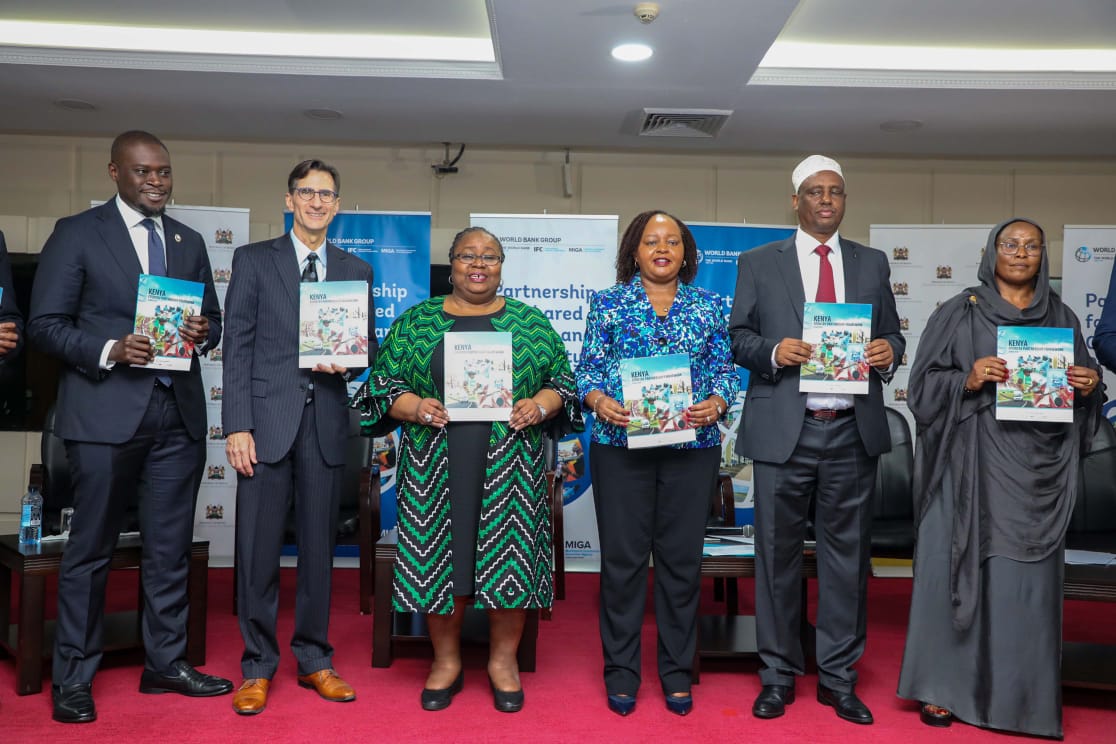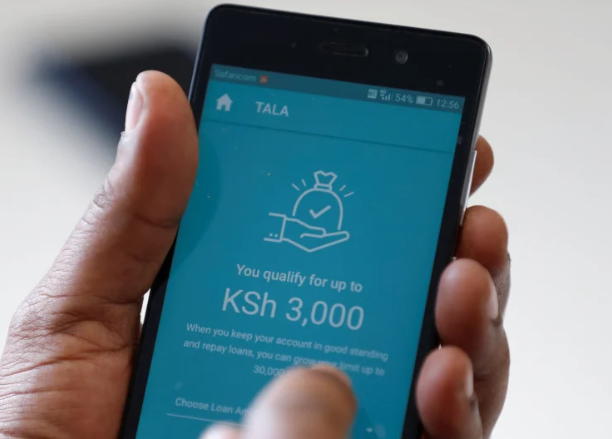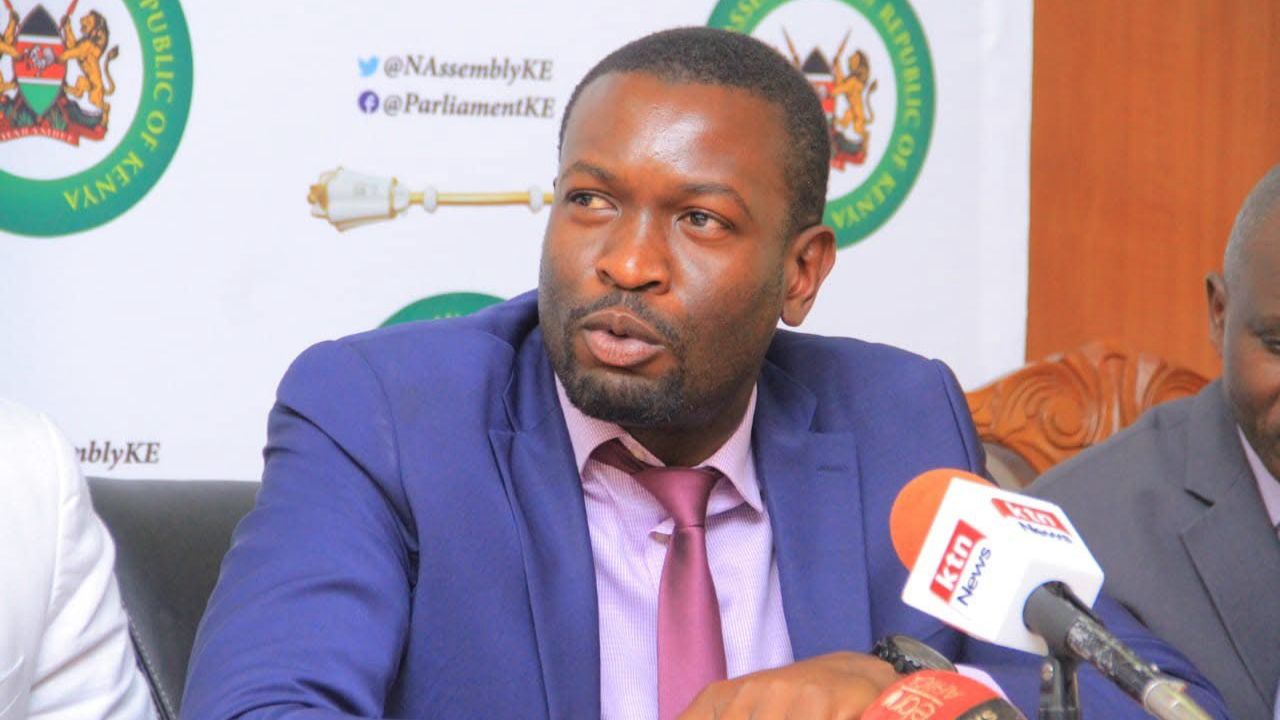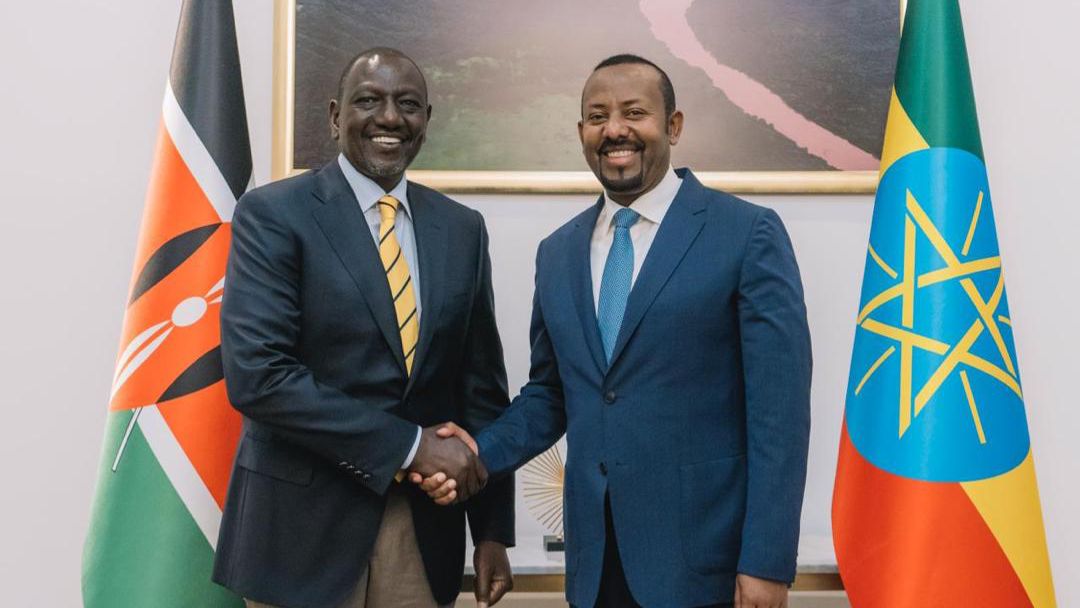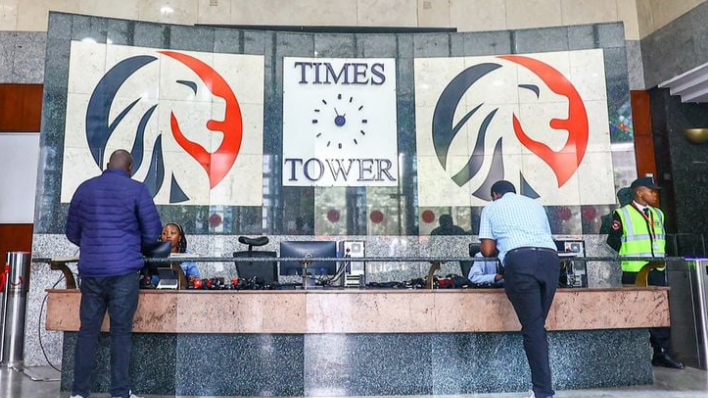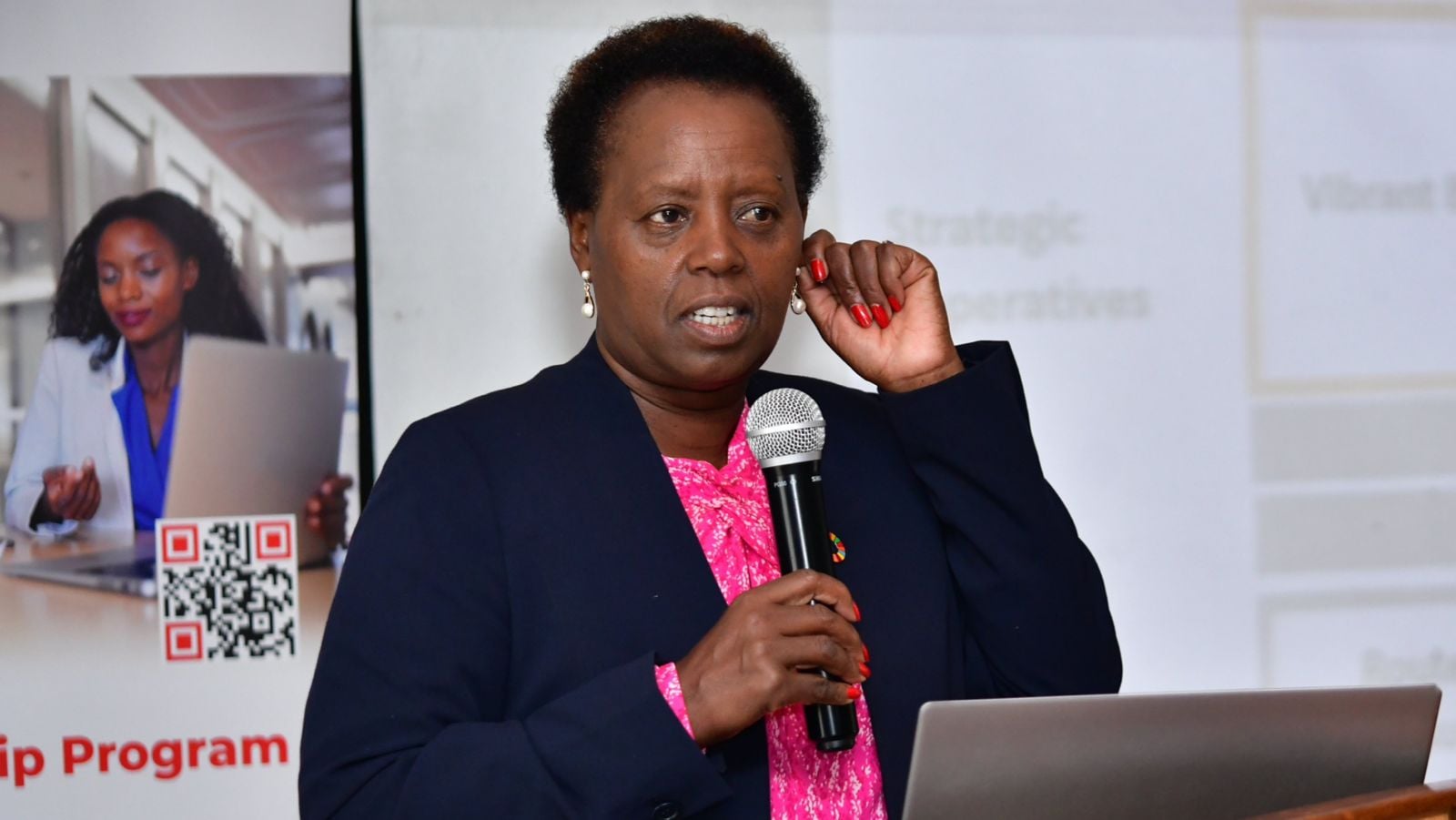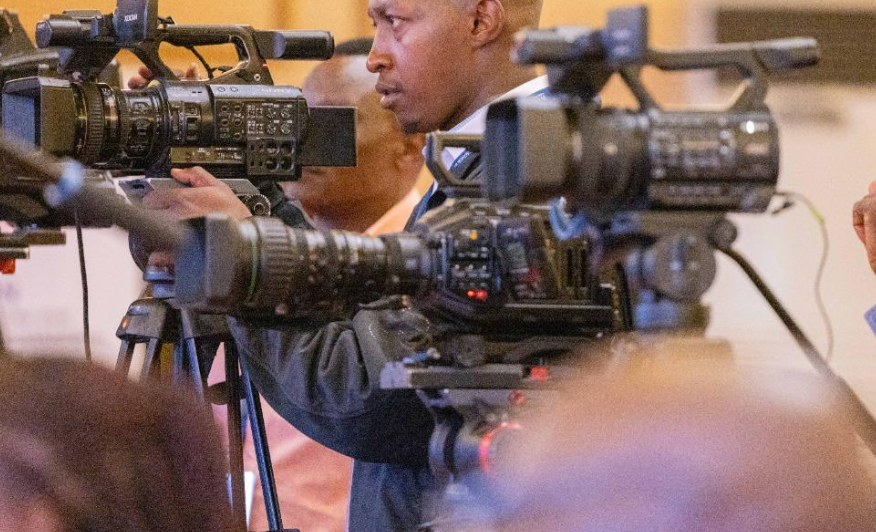The World Bank Group on Tuesday, December 6, launched the Kenya Country Partnership Framework (CPF) that sets out its strategy to support the country's vision 2030.
The Kenya CPF aims to reduce extreme poverty and increase shared prosperity over the period 2023 to 2028.
Speaking during the event at KICC, Treasury CS Njuguna Ndung'u commended the World Bank saying the implementation of the CPF would support Kenya's economy.
"The implementation of the Country Partnership Framework will support Kenya's economy in its development discourse and more so the constraints in particular the emerging threat of food security and climate change," Mr. Njuguna stated.
Mr. Keith Hansen, World Bank's Country Director for Kenya, Rwanda, Somalia, and Uganda Country Management Unit, noted that tackling Kenya's inequality would help the country achieve and maintain a more equitable development.
Read More
“The people of Kenya are in a position to reap even greater dividends from the country’s robust economic growth in terms of more durable poverty reduction. Tackling the drivers of inequality now will help to ensure that Kenya can achieve and maintain more equitable development in the long run," Mr. Hansen said.

At the same time, Jumoke Jagun-Dokunmu, IFC’s Regional Director for Eastern Africa, pointed out that the CPF would provide Kenya with key areas to target in its development for the next five years.
"The Kenya Country Partnership Framework provides a roadmap for our work over the next 5 years and outlines key priorities where we'll target our engagements to support Kenya's inclusive sustainable and resilient development," Jumoke.
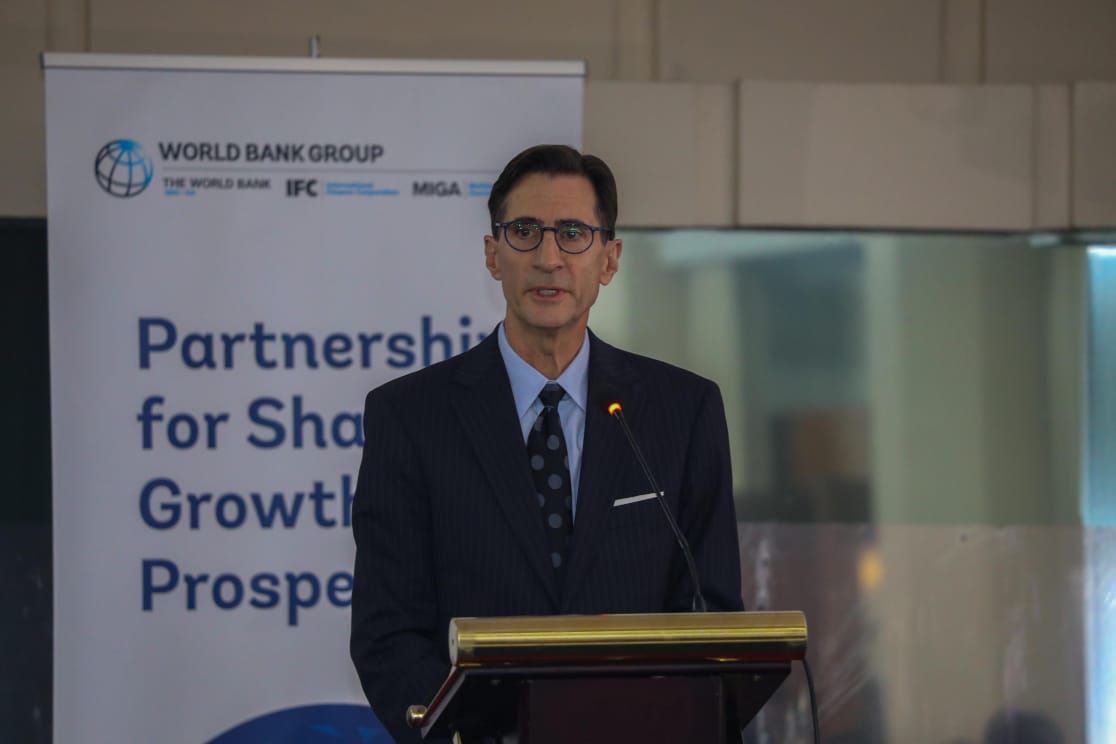
The Kenya Country Partnership Framework (CPF) aims to achieve three High Level Outcomes (HLOs) through 7 objectives.
A. Faster and more equitable labor productivity and income growth supported through;
(I) boosting fiscal and debt sustainability.
(II) strengthening the efficiency and transparency of public spending.
(II) boosting Micro, Small, and Medium Enterprise (MSME) and small producer success for job creation.
B. Aims for greater equity in service delivery outcomes
(I) Shrink disparities in health and learning outcomes.
(II) Extend sustainable infrastructure services to the last mile.
.jpeg)
C. Greater resilience and sustainability of Kenya’s natural capital
(I) Increase household resilience to, and national preparedness for shocks
(II) Reduce Kenya’s extreme water insecurity in the face of climate change.
The Kenya Country Partnership Framework (CPF) is a joint strategy between the World Bank, the International Finance Cooperation (IFC), the Multilateral Investment Guarantee Agency (MIGA), and the government to promote shared prosperity and reduce poverty for the people of Kenya.
